Hi all, I opened this discussion because I'm really concerned about my new Garmin fenix 5X Plus GPS accuracy. I really hope it's something due to me, I hope that I made some mistakes on settings or something like that, but I suspect it's not.. So, last week I bought a Garmin fenix 5X Plus, a smartwatch that even if not the latest on the market seems like to be the right choice for me, at least about specs. Yesterday I tried it on the field for the first time, and the test was not an easy one for a GPS smartwatch: a via ferrata (for the not mountain-friendly, a protected climbing route against rocky walls). I was pursuing a gpx track previously uploaded on smartwatch from Garmin Explore app. The route was same for the round trip, the first half was on open field, the second half was the real via ferrata, so against mountain walls. As you can see from images, the track was relatively acceptable and linear when on open field, then dramatically nervous and, above all, wrong in some points, when on rocky walls (green marked on fenix track jpg). The problem is that I also registered the route with my 150€ OnePlus Nord N100 and Viewranger app, and this supposed non professional instrument made a way better job than the fenix. Yes, it had some accuracy problem and suffered on rock sector, towards the end of the excursion stopped stopped recording the route (this is the main reason I decided to make the leap), fine, but after all my phone track was clearly much more close to reality than my smartwatch’s one. Honestly, I can accept that the fenix is worse than a pure GPS device like etrex, Oregon etc.., but I can’t if it’s literally humbled from a cheap smartphone.
Few things you should know (maybe count, maybe not, but I think it’s fair report’em): 1. where GPS failed winds were heavily strong (we had to walk slowly, lowered down, going on even with the help of our hands in search of some support on rocks, expected speed were around 60 km/h in some points); 2. it was a cloudy day; 3. as I have yet to become familiar with the clock, at the beginning of the route, I’ve mistakenly pushed start/stop button several time, I don’t know if that negatively affected the quality of GPS signal; 4. GPS settings were GPS+Glonass, and the watch system is updated to latest release (15.40) as well as maps.
So, in the end, going back to my starting thought, what do you think? It’s something due to me, or this is just the “best” fenix 5X Plus can do?
Sorry for my english, and thank you for your support!
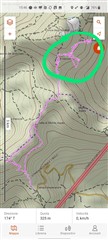
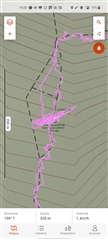
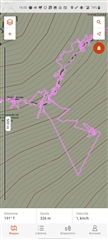
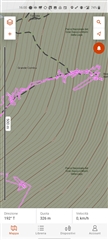
fenix track
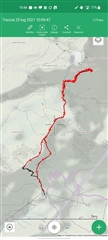

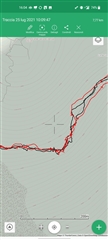
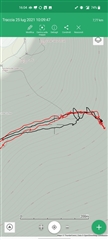
viewranger track


